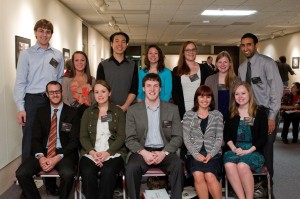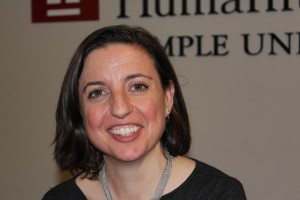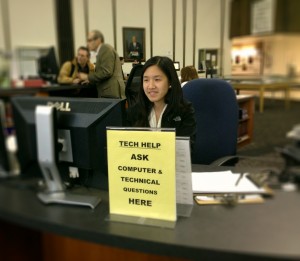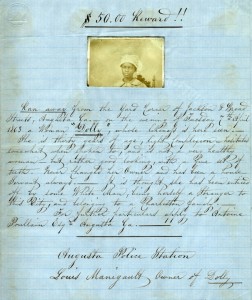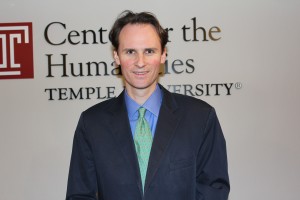Latanya Jenkins is our new Reference Librarian for Government Documents and African American Studies.
She started her career at Temple’s Health Sciences Library as a clerk, and soon discovered that academic libraries were interesting enough for her to want to pursue a career as a librarian.
Ms. Jenkins graduated from Drexel University in 2006 with an MSLIS. Her first position out of library school was at Purdue, where she was actively recruited to take part in their Diversity Fellowship Program.
She comes to us by way of Bowie State University where she was a bulldog and Morgan State University, where she was a bear. As an owl, a main goal is to be the kind of engaging and dynamic librarian who inspires others to follow their passions. Towards that end, Ms. Jenkins recently participated in the American Library Association’s Midwinter Conference in Seattle where she presented on a panel about diversity standards in academic libraries.
Outside of work, Ms. Jenkins has dual interests which fit nicely together. She enjoys travel, having spent several weeks in South Africa, Zambia, and Zimbabwe, where she met orphaned lion cubs who were being prepared to be returned to the wild. Thanks to that experience, Ms. Jenkins can advise us not to wear dangling jewelry, striped, or red colored clothing when petting lions!
Throughout her trip Ms. Jenkins was happy to indulge another interest—getting to know diverse cultures through interrogating their cuisine. Whether she is traveling or at home, Ms. Jenkins is happy to explore the width and breadth of human culinary expression.
Please stop by room 219 in Paley and welcome Latanya Jenkins!
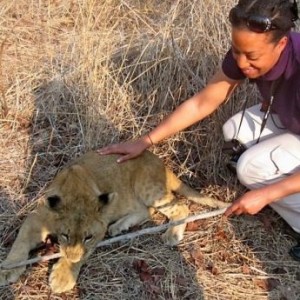
Librarian Latanya Jenkins helps lion student in Zimbabwe research newest stick technology.

